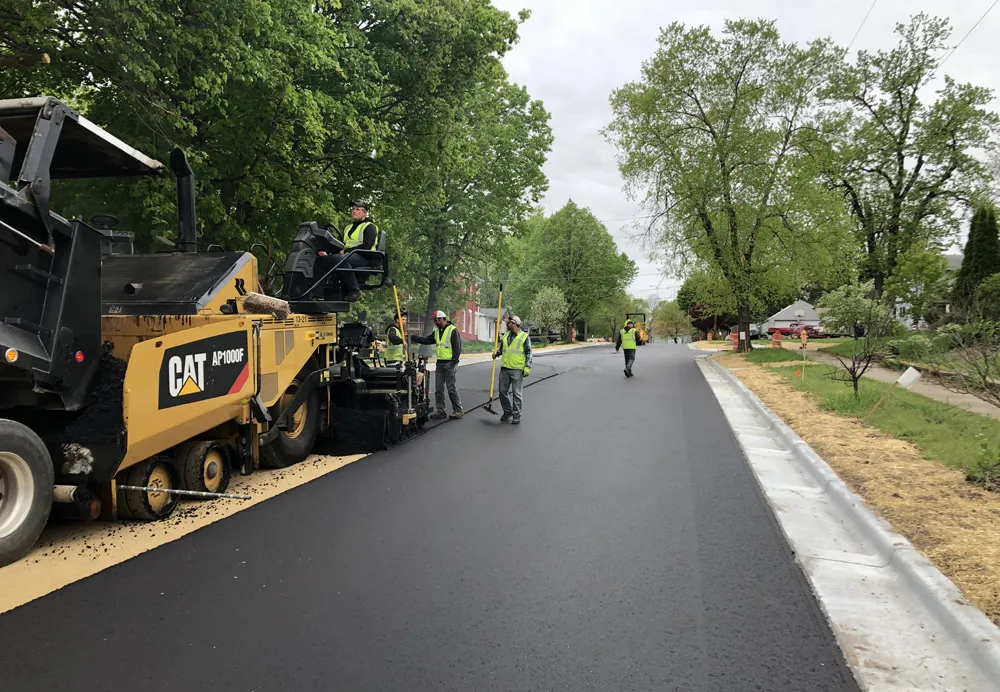
Work is underway in Tunisia on the westbound Highway from capital Tunis towards the Algerian border.
This 60km link will run from the town of Oued Zarga to Boussalem and the work is being carried out by Italian contractor
Work has yet to commence on the planned 50km highway project from the town of Boussalem to the Algerian border. This would link Algeria’s highway network with that of Tunisia. The country’s new government has prioritised development of roads and highways towards the south and southwest of Tunisia. And work on the 150km southbound highway from Sfax (Tunisia’s second city) to Gabes is encountering numerous challenges at present. The new government is facing issues including displaced persons, land confiscations carried out by the previous regime and a number of local social issues.
A 60km section of the North African Highway running through Tunisia was completed in April 2011, despite the problems faced since the country’s revolution. It is 11.75m wide and has shoulders of 1.5m on each side. Some 906,000m3 of earthmoving was carried out and there was also 483,000m² of cold milling. Constructing the asphalt base and asphalt concrete involved laying 110,000m3 of material using a new








